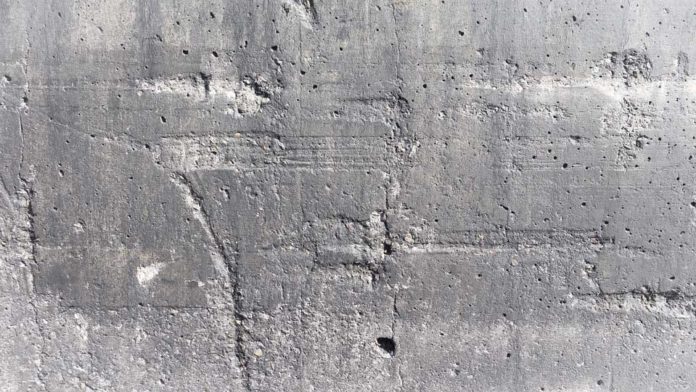Building collapse or bridge collapse of could lead to deaths and also highlights the danger posed by aging infrastructure. However, inspections are time-consuming. For example, gauging the salt content of cement structures is typically done by boring out a core—an action which is time consuming and can slightly damage the structure.
In order to find out simple way for inspections, scientists used neutron beam. Neutron beam is a gadget that discharges high-energy neutrons in a beam—produced by a minimal neutron source that they had created.
Neutrons are an exciting better approach to image structures, as they can enter very far into metallic materials on account of the way that they don’t interface by means of the electromagnetic force, and along these lines are not influenced by electric charge. They do at times connect with cores in the materials they penetrate, prompting the arrival of gamma beams that can be distinguished.
For this analysis, the gathering utilized their conservative neutron source, which produces neutrons by besieging a beryllium target with protons. They utilized the beam to illuminate a progression of solid squares with salt pressed between them, with ‘prompt’ gamma rays—gamma rays that are radiated quickly upon light by neutrons—being estimated by high resolution germanium finders.
The excited gamma rays are transmitted from the molecules in the concrete blocks, and diverse components can be distinguished by taking a gander at the energy of the gamma rays. For instance, the energies tops from the incite gamma rays produced from chlorine—a component of salt—are 517 kiloelectron volts, 786 kiloelectron volts, 788 kiloelectron volts, 1165 kiloelectron volts, etc.
Doing this, scientists were able to demonstrate the presence of salt even when it was surrounded by between 12 and 18 centimeters of concrete. Each measurement took about 10 minutes.
According to Yoshie Otake, who led the study, “This is very exciting, because Japan is suffering from serious infrastructure degradation, and it is impossible to predict when a major accident will happen.”
“Our feasibility study has shown that neutron beams can indeed be used to measure whether the salt content of a concrete structure is within the legal limits set by the government. Our next challenge is to build a compact neutron source that is small enough to be readily transported to various infrastructures to conduct measurements.”
The results were presented in October at the 18th JSMS Symposium on Concrete Structure Scenarios.
